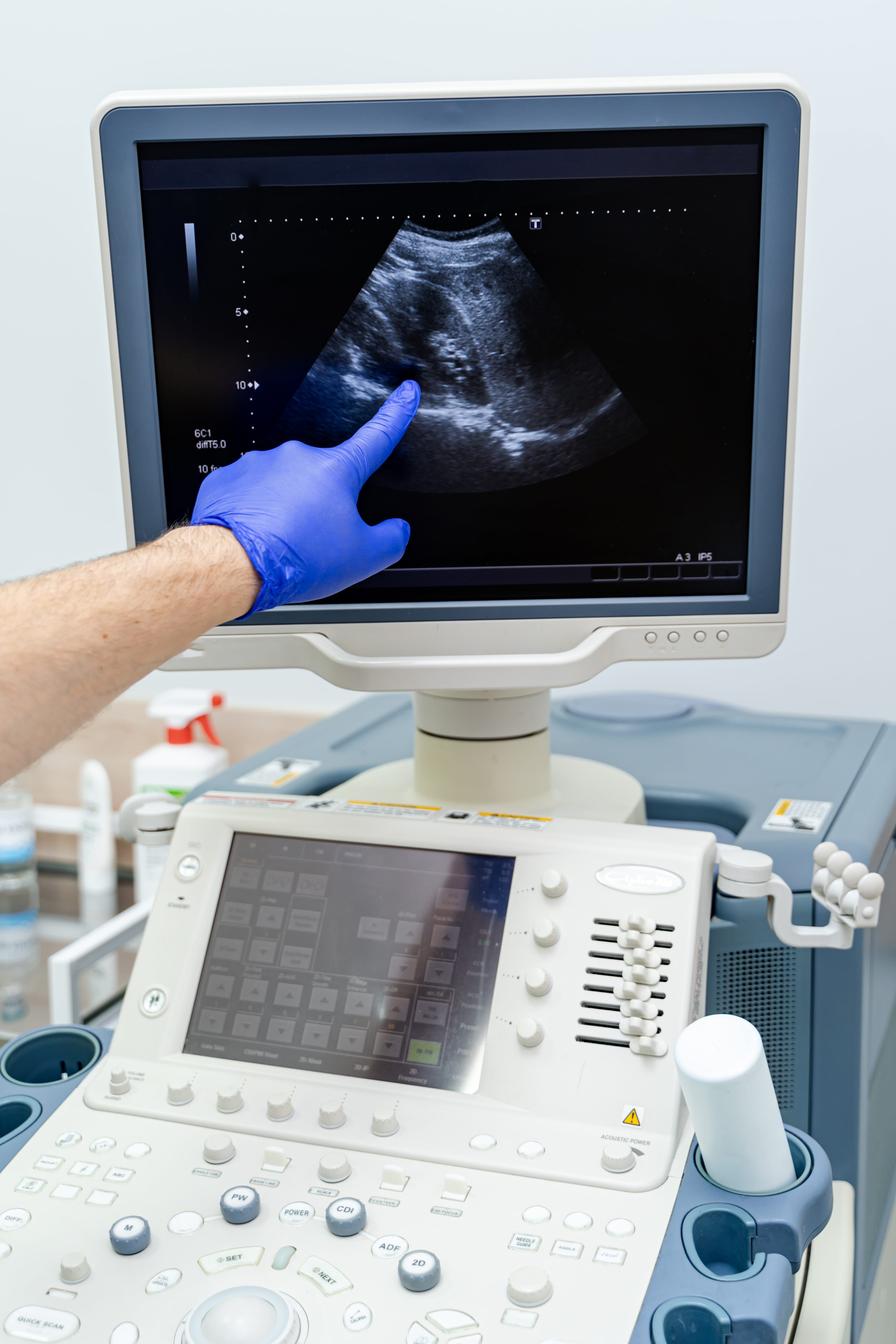
What is EUS?
EUS stands for Endoscopic Ultrasound. It is a medical procedure that uses an endoscope (a thin, flexible tube with a camera and light) that is equipped with high-resolution ultrasound to examine the digestive tract and adjacent organs such as the pancreas, bile ducts, liver and lymph nodes.
Why is EUS performed?
EUS is performed to diagnose and treat problems in the digestive tract and nearby organs. It can be used to detect inflammation of the pancreas, cysts of the pancreas, gallstones, tumours affecting the wall of the oesophagus, stomach, or duodenum; pancreas and bile ducts; and other abnormalities. EUS may be offered to treat certain collections or blockages in situations where it is more effective or safer than alternatives (radiology or surgery procedures).
What can I expect during EUS?
During EUS, you will be given medication to help you relax and feel comfortable. The endoscope will be inserted through your mouth and down your throat. You may feel some pressure or discomfort during the procedure, but it should not be painful. A small number of patients have throat irritation, if this does not settle with lozenges it should be discussed with your gastroenterologist.
How do I prepare?
Before the procedure, you will need to fast for six hours (with the exception of small amounts 100-150mL of water and black tea/coffee without milk or other additives until two hours prior.) You may also need to stop taking certain medications, particularly blood thinners and diabetic medications. Your current medications should be provided to the doctor before the procedure. Your doctor may give you personalised instructions on how to prepare for the procedure.

Can EUS be used to take a biopsy?
Yes, EUS can be used to sample tissue or fluid from inside or outside the wall of the gut. This might be called an FNA (fine needle aspiration) or FNB (fine needle biopsy). This ultra thin needle is passed through the scope, and using ultrasound as a guide, it is passed into the tissue of concern.
What risks are associated with EUS?
Like any medical procedure, there are risks associated with EUS, though they rarely occur. These include bleeding, infection, pancreatitis (inflammation of the pancreas), perforation (a hole in the intestine), and reaction to anesthesia.
What do I do after the procedure?
After the procedure, you will need to rest for a short period of time before you can go home. You may experience some mild discomfort or bloating for a few hours after the procedure. Your doctor will give you specific instructions on what to do after the procedure.
